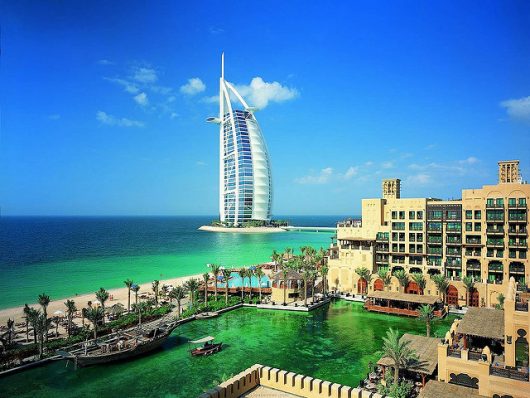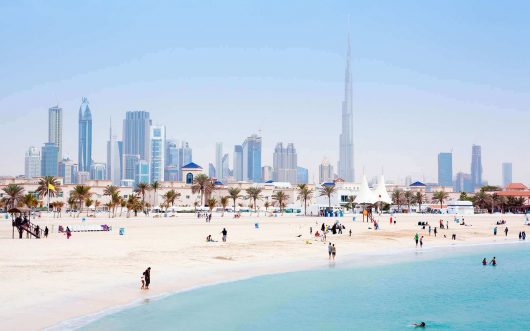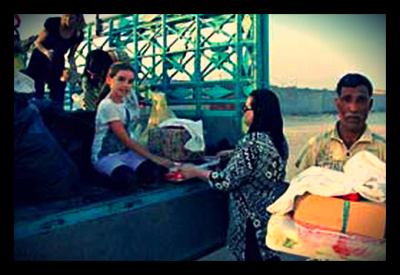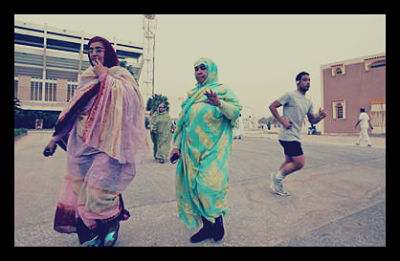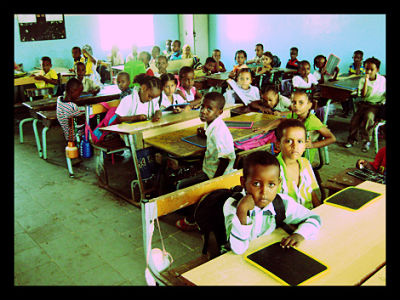 As the world encounters one issue after another, food insecurity increases in countries with inadequate resources or less-than sufficient agriculture systems. With the pandemic at the helm and climate change an ongoing phenomenon, to survive these stressful times, innovative strategies are necessary. In this advanced society, new ways are necessary to process, distribute and reshape food production. Connections between food security and innovation seem far-fetched, but the United Arab Emirates/UAE’s food security and innovation program has found state-of-the-art techniques that relieve their people of this struggle.
As the world encounters one issue after another, food insecurity increases in countries with inadequate resources or less-than sufficient agriculture systems. With the pandemic at the helm and climate change an ongoing phenomenon, to survive these stressful times, innovative strategies are necessary. In this advanced society, new ways are necessary to process, distribute and reshape food production. Connections between food security and innovation seem far-fetched, but the United Arab Emirates/UAE’s food security and innovation program has found state-of-the-art techniques that relieve their people of this struggle.
Key Constraints Facing Food Security
The UAE aims to rank in the top 10 in the Global Food Security Index by 2021, and number one by 2051. In this arid region, however, traditional farming is next to impossible from limited water for irrigation and an unequal ratio between people and the UAE’s production. Due to these hardships, the country is reliant on its imports. For a food-dependent country, when disaster hits, food systems are unstable.
While there are several reasons for poor food production in the UAE, the scarcity of water contributes heavily. Most of the water in the country is recycle and reused, but this process can only occur for a given amount of time. Given that traditional agriculture utilizes a significant amount of water, UAE’s food security and innovation program is the answer. . To combat the issue of their unstable food system, the UAE has set up the FoodTech Challenge. This global competition seeks out innovative solutions for the country to address food production and distribution.
Vertical Farming: An Innovative Farming Technique
In response to the FoodTech Challenge, the company Smart Acres has provided a technique that utilizes vertical farming to support the UAE’s food security and innovation program. Vertical farming consists of vertically stacked plants, providing more produce per square area, resembling green walls as displayed in shopping centers. Smart Acres used South Korean vertical farming technology to decrease water usage and monitor temperature and nutrients. Regarding the UAE’s water issue, vertical farms save over 90% of the water in comparison to conventional farming methods. The constant flow of water across the plants provides the necessary nutrients for all the plants to grow. This high-tech design allows the company to produce clean crops without any chemicals and negligible interference.
Although the farm has not been implemented yet, this form of food production is expected to produce 12 cycles of crops annually; the farm will expand from Abu Dhabi to the rest of the country gradually. By using vertical farming, this technique expects to produce approximately 8,000 kilograms of lettuce and other leafy greens per cycle. In addition to the increased number of crops, the variety is also expected to increase and include items, such as strawberries, arugula, potatoes, etc.
Aquaculture Farming: Decreasing the Dependence of Imports
On average, the UAE consumes 220,000 tons of fish annually. However, imported food is 90% of the UAE’s diet, suggesting that advancements in the country’s aquaculture would be beneficial. To aid the seafood industry in the UAE, the Sheikh Khalifa Marine Research Center has taken the responsibility to use advanced technology to harvest marine organisms. The center utilizes photo-bioreactors to generate food for juvenile fish.
In addition to manufacturing primary live food for marine organisms, UAE’s food security and innovation program also include water recycling technologies, where water is cycled through fish tanks to reduce water consumption. To make aquaculture a more efficient and sustainable system in the country, the center is establishing a disease diagnostic laboratory, which will reduce the number of disease-related deaths associated with marine life.
While many countries face tumultuous times currently, UAE’s food security and innovation program seems to be a ticket out of poverty. Through the FoodTech Challenge, the country has found multiple viable options to strengthen its food system. With water scarcity, a large problem regarding food production, both vertical and aquaculture farming, has found a way to recycle the limited water and attend to other problems the UAE faces, such as dependence on imports from other countries. The challenge is open to the entire country, increasing the country’s opportunity in establishing a sustainable system. Through these systems, the UAE’s food security and innovation program is well on its way to stabilizing its food security and achieving its goal as a titleholder in the Global Food Security Index.
– Aditi Prasad
Photo: Flickr
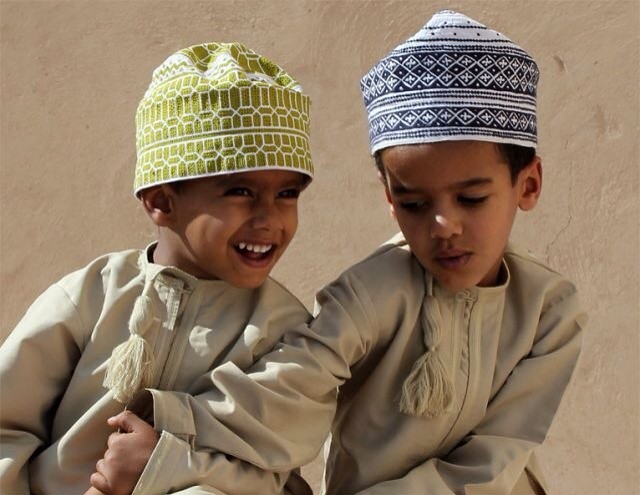
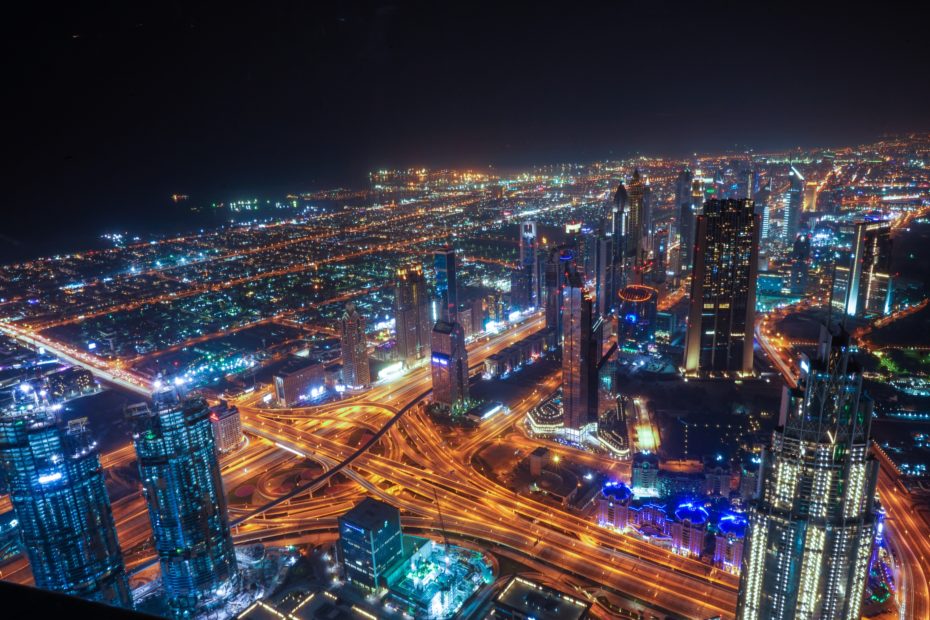
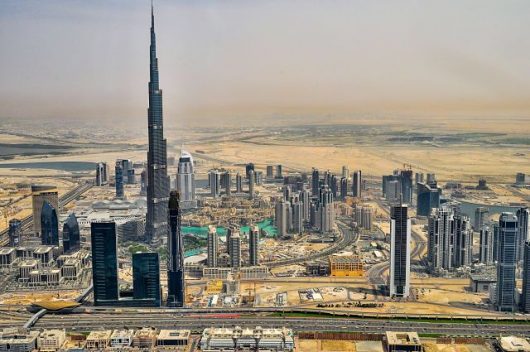 Currently, information on poverty in the
Currently, information on poverty in the